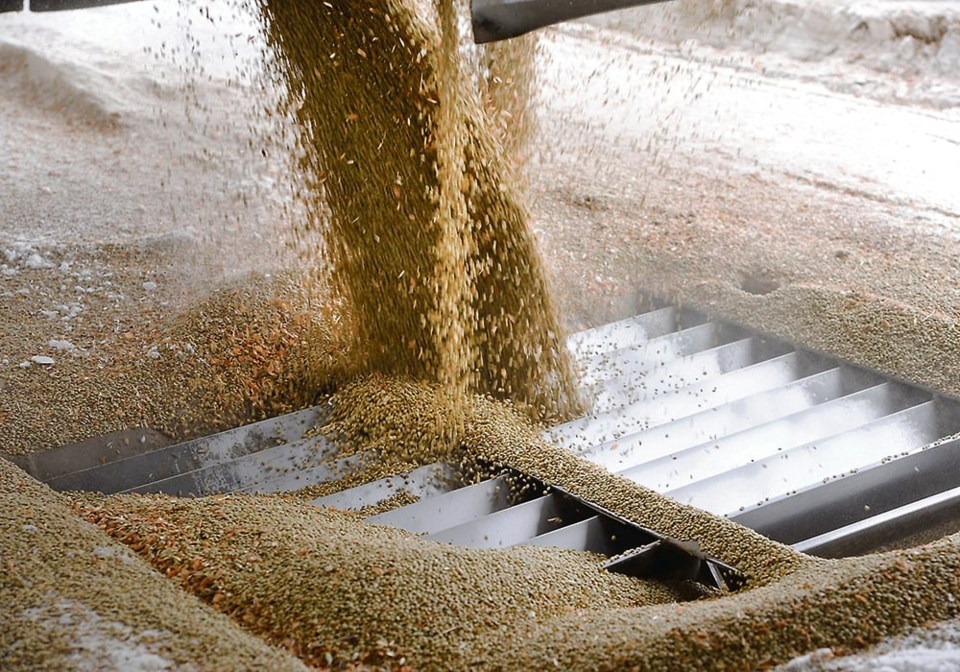SASKATOON — There are differing opinions on how many lentils India will import in 2023-24.
That elusive number will go a long way toward determining price prospects for the crop, says an exporter.
Stat Publishing is forecasting 1.13 million tonnes of imports this year, down from 1.44 million tonnes last year.
However, it noted global inventories of the crop are getting tighter.
“Markets are now questioning prospective production levels in India during its current rabi production season, noting that after a strong start, land in lentils has drifted slightly below last year,” Stat editor Brian Clancey said in a Dec. 15 article.
Lentil area was initially expected to be higher than last year, but it now appears that it may be slightly lower.
Stat is forecasting 1.5 million tonnes of production, down from 1.56 million tonnes last year.
“The country will remain in general,” he said.
Canada shipped 173,700 tonnes of red lentils and 24,300 tonnes of greens to India in the August to October period of 2023, up from 124,500 tonnes and 6,800 tonnes for the same period a year ago.
Saurabh Bartia, head of pulses trading with Glencore Agriculture India, thinks India’s imports will be closer to 1.4 million tonnes.
The government has already procured 400,000 tonnes of red lentil stocks previously imported from Australia and Canada.
“This development creates additional demand,” he said in an article published on the Global Pulse Confederation’s (GPC) website.
“India’s total import volume shifts from one million tonnes to approximately 1.4 million tonnes.”
Bartia said the Indian government is forecasting a slight increase in pigeon pea production to 3.42 million tonnes, but he believes the crop could be 10 to 15 percent smaller than last year.
Red lentils are the most viable alternative. Monthly statistics suggests a 15 to 30 percent increase in annual Indian demand for the crop stemming from increased sales in the hotels, restaurant and catering sector, he told GPC back in November.
Jeff Van Pevenage, president of Columbia Grain, thinks India’s imports will be closer to Clancey’s number than Bartia’s.
“I would tend to push towards the lower end of that spectrum,” he said.
India is sourcing pigeon peas from Africa and Myanmar and Indian farmers are in the process of planting the rabi or winter crop of lentils.
But he acknowledged that lentil planting is behind last year’s pace and El Nino caused in some important lentil growing states in India.
“If that continues and they do have problems, you bet it will be 1.4 (million tonnes of imports), and then there will be fireworks,” said Van Pevenage.
He is also starting to get worried about conditions in North America, where winter has been “pretty damn abnormal.”
It has been unusually warm and dry in key lentil growing regions, such as Washington, Montana and Saskatchewan.
Van Pevenage is particularly worried about what might happen to green lentil acres.
“It needs a large production resurgence this year,” he said.
“The stocks of green lentils are going to be gone in North America come July 1.”
American farmers he has spoken to intend to plant more green lentil acres in 2024, but those plans could be derailed by the dry conditions.
If that happens, then prices could take off in 2024 as strong demand from India collides with poor production prospects in North America.
Contact [email protected]
SASKTODAY.ca is Saskatchewan's home page. Bookmark us at this link.




